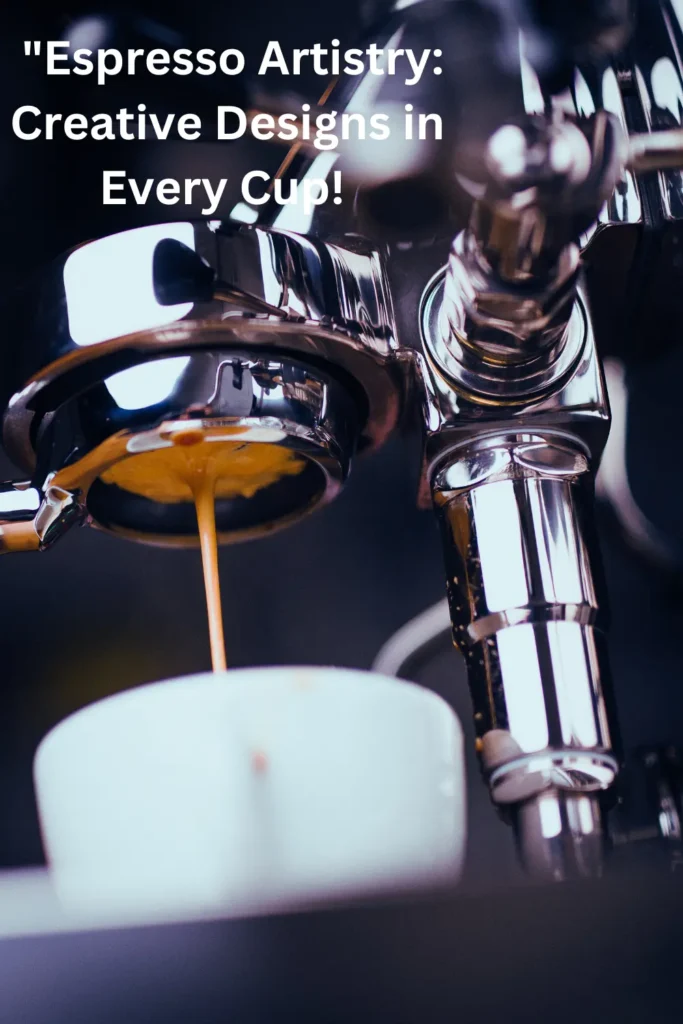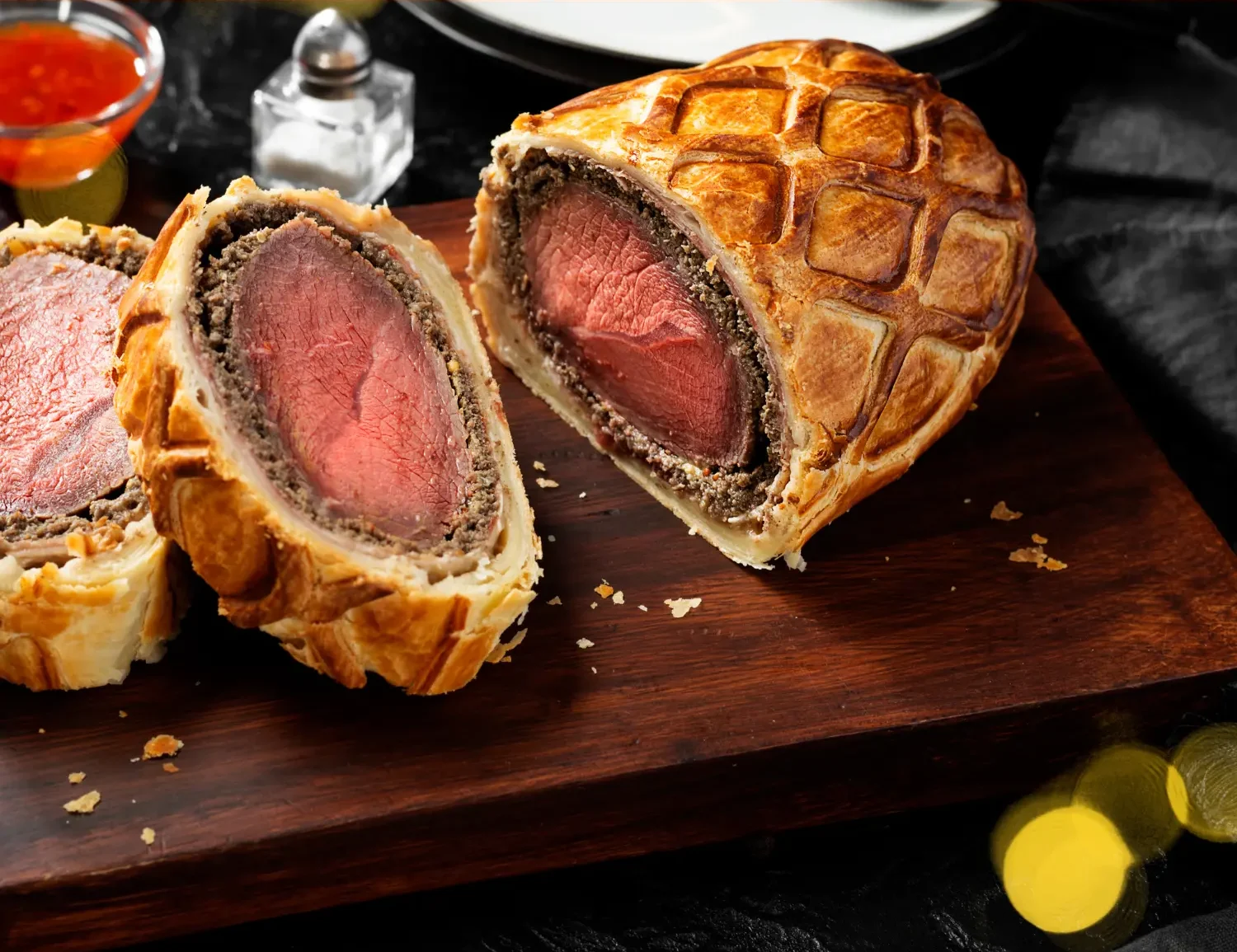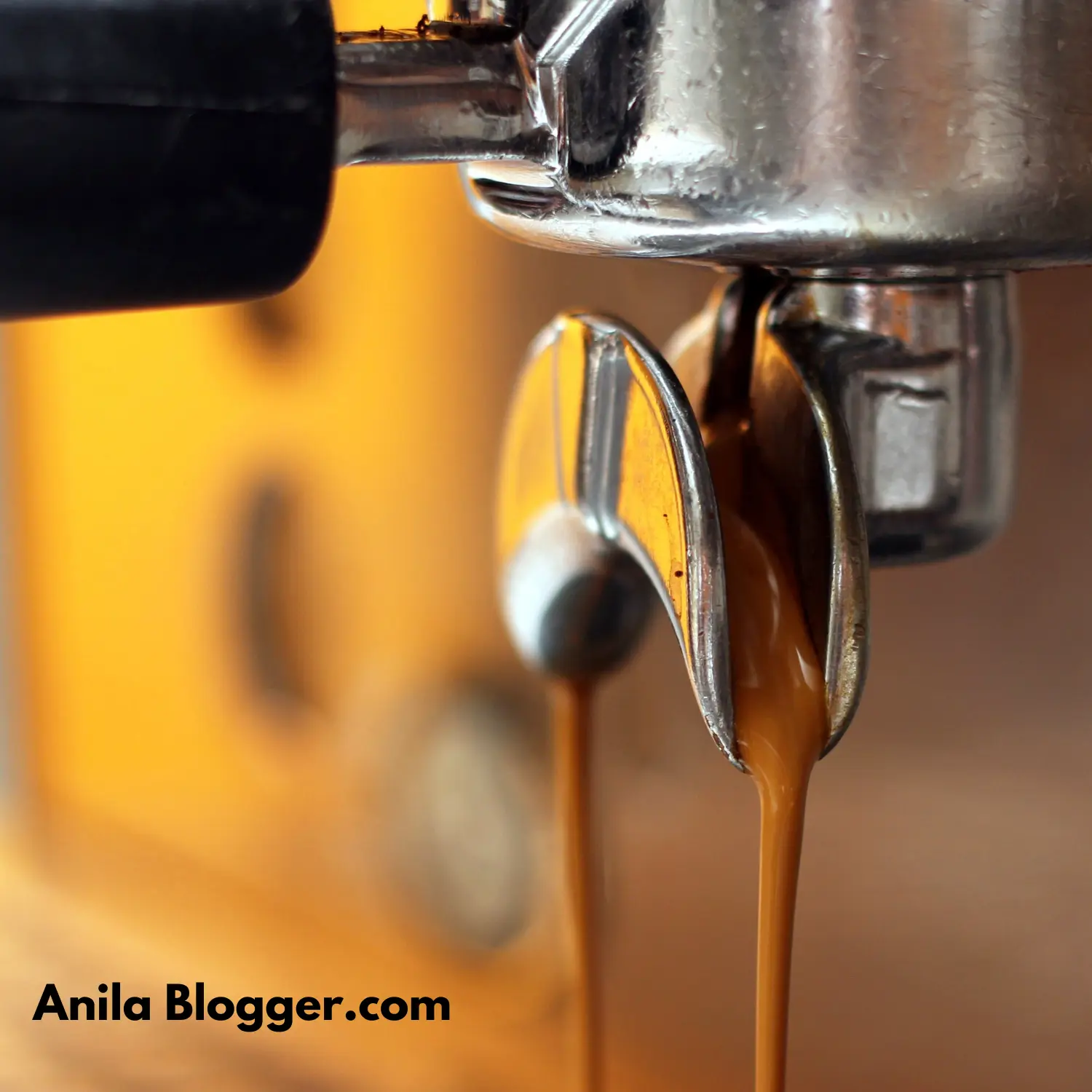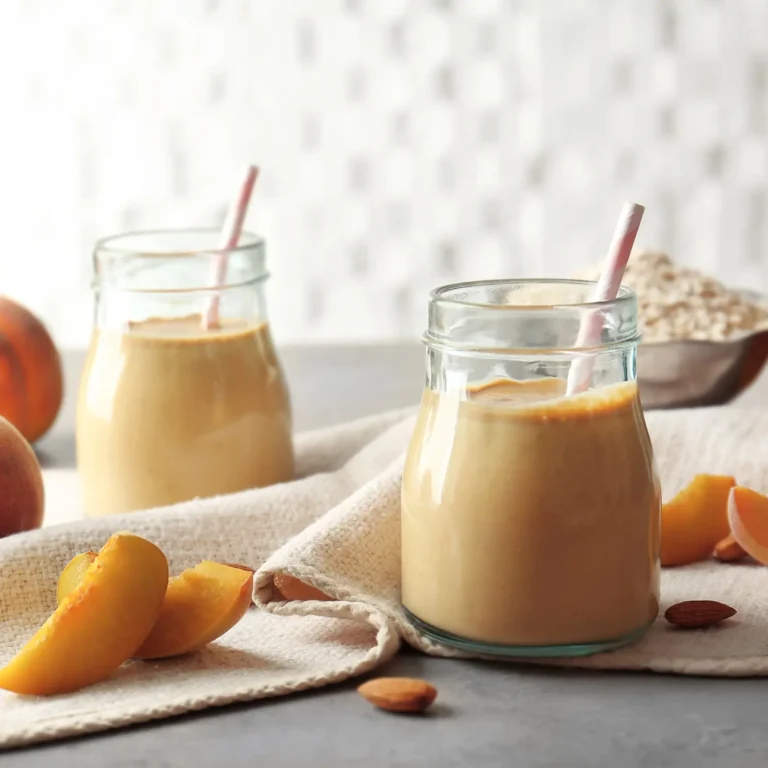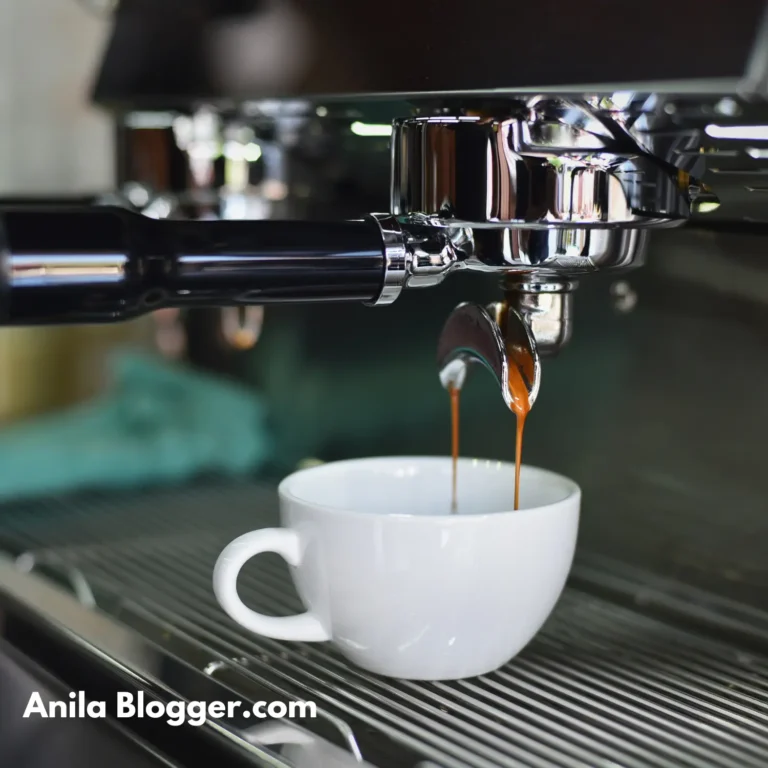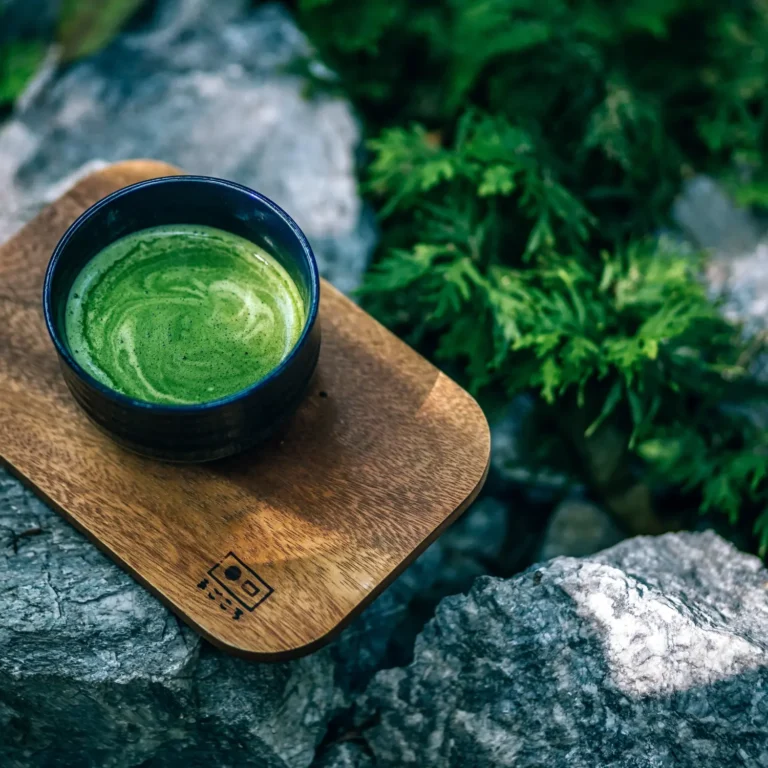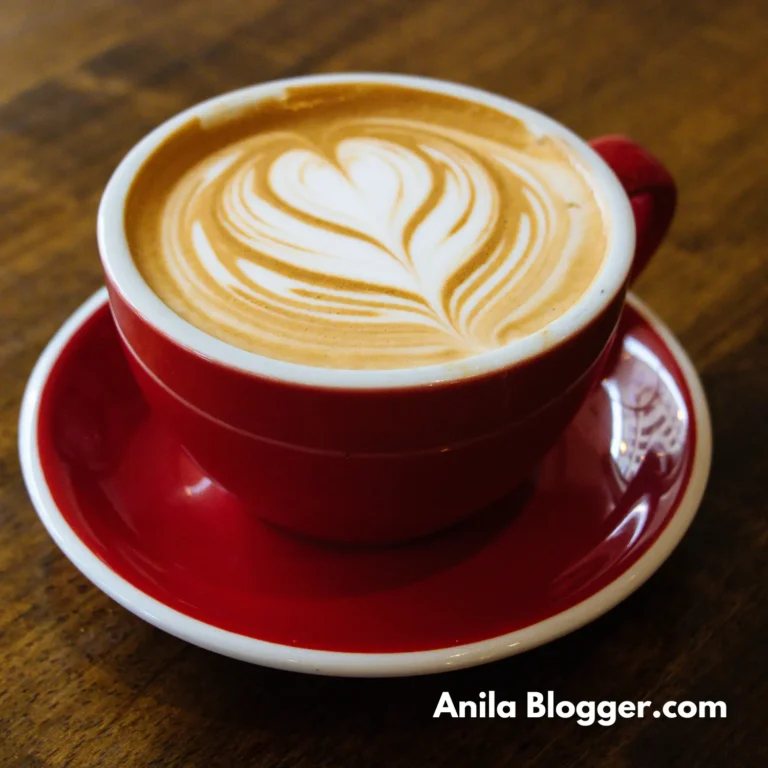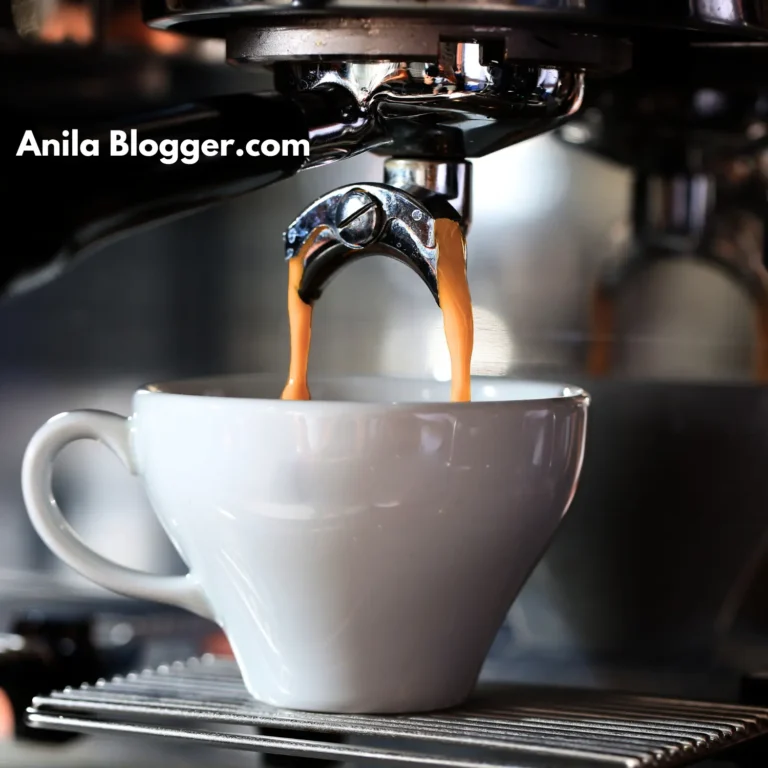Espresso Artistry: Creative Designs in Every Cup!
Espresso artistry goes beyond the typical morning routine; it transforms a simple cup of coffee into a visual delight. The process involves creating intricate designs on the surface of the espresso using milk froth, turning each cup into a unique piece of art.
Table of Contents
The Origin of Espresso
To truly appreciate espresso art, it’s essential to understand the origins of espresso. Originating in Italy, espresso is a concentrated coffee brewed by forcing hot water through finely ground coffee beans. The intense flavor and robust nature of espresso provide the perfect base for artistic endeavors.
The Art of Brewing
Perfecting the Espresso Shot
Brewing the perfect shot of espresso is the foundation of espresso artistry. The grind size, coffee-to-water ratio, and brewing time play crucial roles in achieving the ideal shot.
Understanding Coffee Beans
The choice of coffee beans significantly influences the flavor profile of espresso. Exploring different bean varieties allows artists to experiment with unique taste combinations.
Ideal Water Temperature
Maintaining the right water temperature is paramount. Consistency in temperature ensures a uniform extraction of flavors, laying the groundwork for exceptional espresso.
Espresso Art: A Fusion of Taste and Aesthetics
Creative Coffee Designs
Espresso art encompasses a wide range of designs, from simple hearts to intricate patterns resembling works of art. The process involves skillfully pouring frothed milk into the espresso, allowing the artist to create visually stunning designs.
Tools for Espresso Art
Artists often use specialized tools like latte art pens and milk frothers to achieve precision in their designs.
Techniques for Creating Intricate Designs
Mastering the art of pouring and manipulating milk froth is key to creating intricate designs. Techniques include free pouring, etching, and even combining multiple methods for a personalized touch.
Popular Espresso Art Designs
Heart-Shaped Creations
The classic heart-shaped design is a beginner-friendly choice, setting the stage for more complex creations.
Leaf Patterns
Inspired by nature, leaf patterns showcase the artist’s ability to blend simplicity with elegance.
Animal-Inspired Designs
From cats to swans, espresso artists often venture into the animal kingdom, creating delightful designs that captivate coffee enthusiasts.
The Role of Milk Froth
Creating Velvety Microfoam
Milk froth serves as the artist’s paint, and creating velvety microfoam is an essential skill for espresso artistry.
Using Frothed Milk in Art
Manipulating the texture and consistency of frothed milk allows artists to add depth and dimension to their designs.
Espresso as a Canvas: Tips for Beginners
Starting with Simple Designs
Beginners should start with basic designs, gradually building the skills needed for more intricate creations.
Graduating to Complex Patterns
As confidence grows, artists can explore complex patterns, pushing the boundaries of their creativity.
The Nutritional Aspect of Espresso
Calories and Macronutrients
Espresso is low in calories and contains essential macronutrients like protein and carbohydrates in minimal amounts.
Antioxidants in Coffee
Coffee is rich in antioxidants, providing potential health benefits when consumed in moderation.
Caffeine Content
Understanding the caffeine content is crucial for those mindful of their daily intake. Espresso generally contains a higher concentration of caffeine than regular coffee.
Espresso Art in Contemporary Culture
Social Media and Espresso Art
The visual appeal of espresso art has found a natural home on social media platforms, with enthusiasts sharing their creations worldwide.
Espresso Art Competitions
Dedicated competitions showcase the talent and innovation within the espresso art community, fostering healthy competition and pushing the boundaries of what’s possible.
Espresso Art at Home
Choosing the Right Espresso Machine
Investing in a quality espresso machine is the first step for enthusiasts looking to create art at home.
Practice Tips for Beginners
Home baristas can benefit from tutorials, practice sessions, and experimenting with different milk types to enhance their skills.
Espresso Art in Cafés: A Customer Magnet
The Appeal of Artistic Coffee
Cafés embracing espresso art attract customers seeking not only a flavorful cup but also a visually appealing experience.
Marketing Espresso Art
Café owners can leverage espresso art in marketing, creating a unique selling proposition and building a loyal customer base.
Sustainability in Espresso Art
Ethical Coffee Sourcing
Espresso art enthusiasts are increasingly mindful of the origins of their coffee beans, supporting ethical and sustainable sourcing practices.
Eco-Friendly Practices
Reducing waste through sustainable practices, such as using reusable materials for art creation, contributes to the eco-friendly evolution of espresso art.
The Future of Espresso Art
Technological Innovations
Advancements in espresso machines and tools continue to shape the future of espresso art, opening new possibilities for creativity.
Emerging Trends
From holographic designs to interactive art, emerging trends promise to keep espresso art exciting and dynamic.
Conclusion
Espresso artistry marries the passion for coffee with the joy of creation, offering a unique and delightful experience for both artists and enthusiasts. As this captivating form of expression continues to evolve, its impact on the coffee culture remains profound.
FAQs
Can anyone learn espresso art, or is it reserved for professionals?
Espresso art is accessible to anyone with dedication and a love for coffee. Many beginners successfully master the art through practice and experimentation.
Is espresso art limited to certain designs, or can artists create their own unique patterns?
While there are classic designs, espresso art is highly creative. Artists often develop their own unique patterns, contributing to the diverse world of coffee art.
What type of milk is best for frothing in espresso art?
Whole milk is commonly used for its rich and creamy texture, but artists can experiment with alternative milk options like almond or oat milk
Save this pin!
